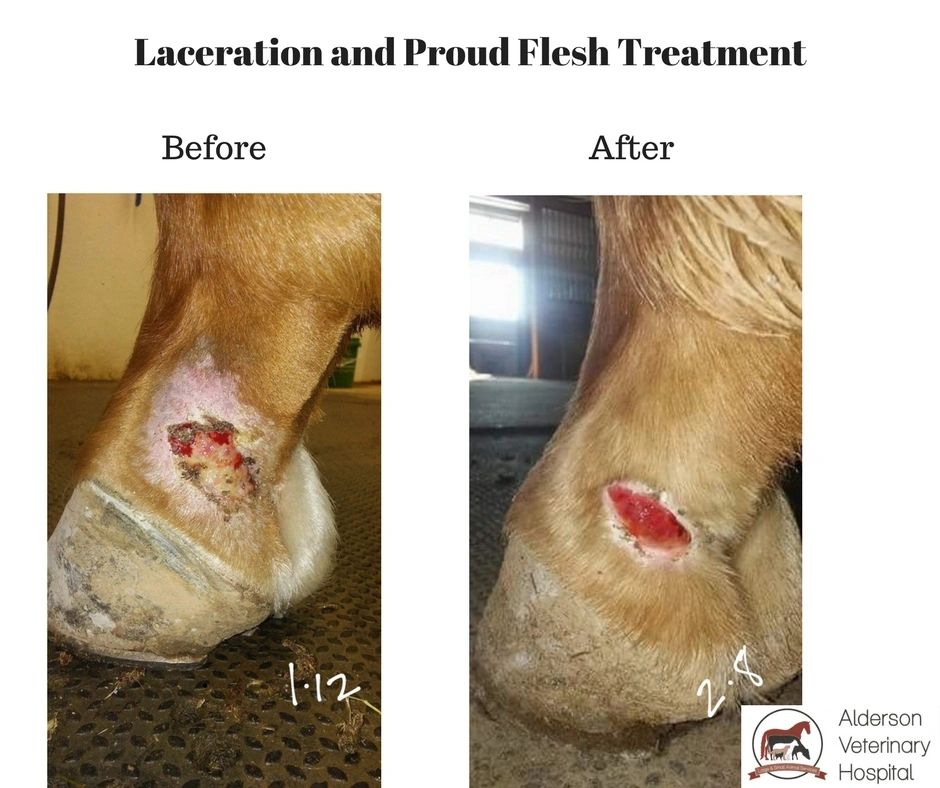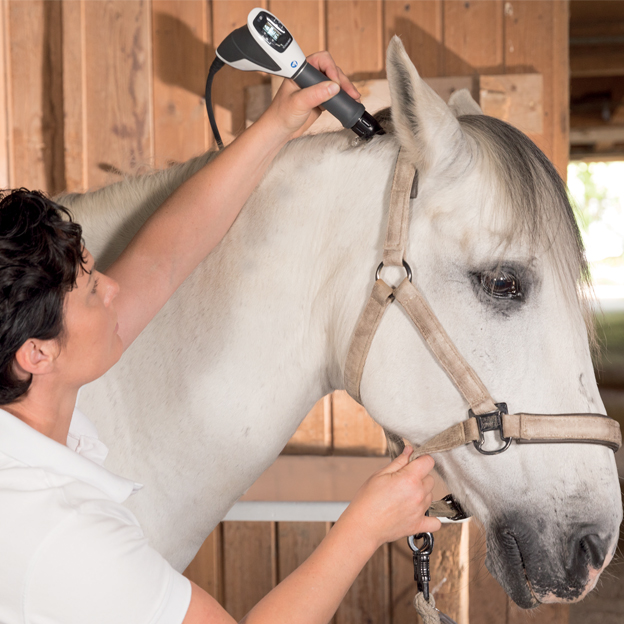Equine Therapy: Exactly How It Helps Build Self-confidence and Emotional Strength
Equine Therapy: Exactly How It Helps Build Self-confidence and Emotional Strength
Blog Article
Laser Treatment in Equine Treatment: A Modern Technique to Improving Steed Health
Laser treatment has actually arised as a pivotal strategy in equine therapy, using concentrated light energy to foster cellular fixing and quicken recovery from a range of disorders. By stimulating mitochondrial task and improving ATP production, laser treatment not just boosts blood circulation but likewise offers significant pain relief.
Comprehending Laser Treatment
Laser treatment, a non-invasive therapy technique, has actually gotten considerable traction in equine medicine as a result of its effectiveness in promoting healing and discomfort alleviation. This sophisticated healing approach utilizes concentrated light energy to permeate cells, promoting mobile repair and regeneration. The underlying system includes the stimulation of mobile mitochondria, bring about boosted production of adenosine triphosphate (ATP), the power currency of cells. Enhanced ATP degrees accelerate tissue repair service procedures and minimize swelling, making laser treatment especially effective for dealing with bone and joint injuries, injuries, and other inflammatory conditions in steeds.
There are numerous sorts of lasers made use of in equine therapy, each with specific wavelengths and power outcomes customized to various restorative needs. Low-level laser therapy (LLLT), additionally called chilly laser treatment, employs reduced power degrees to promote cell feature without triggering thermal damage. High-intensity laser treatment (HILT), on the other hand, utilizes higher power levels to accomplish deeper tissue penetration and even more considerable healing effects.
Veterinarians use various laser tools and strategies relying on the condition being dealt with and the wanted deepness of tissue penetration. Proper training and proficiency are crucial for making certain the secure and efficient application of laser therapy, thereby maximizing its therapeutic potential while lessening dangers.
Benefits for Equine Health


With a strong understanding of exactly how laser therapy works, it is necessary to explore its various benefits for equine health and wellness. Among the main benefits is its ability to speed up tissue fixing and cell growth. By promoting cellular function, laser treatment advertises faster injury recovery and help in the regrowth of broken tissues - Equine Therapy. This can be particularly advantageous in decreasing recovery times for equines dealing with injuries.
Additionally, laser therapy has been shown to improve circulation, therefore enhancing blood circulation to impacted areas. Boosted circulation makes certain that essential nutrients and oxygen are provided more successfully, facilitating the recovery procedure. Furthermore, laser treatment's anti-inflammatory impacts help in lowering swelling and pain, which is vital for the general well-being of the horse.
Discomfort management is another considerable benefit. By launching endorphins and blocking pain signals, laser therapy provides effective, non-invasive relief from both intense and chronic discomfort. This can add to improved movement and quality of life for the animal.
Finally, laser treatment is a non-invasive treatment option, decreasing the threat of issues linked with more invasive procedures. Its versatility and effectiveness make it an invaluable device in modern-day horse veterinary medication.
Common Problems Treated
Equine experts frequently experience a variety of conditions that can be properly taken care of with laser therapy. Among the most typical are musculoskeletal concerns, consisting of ligament and ligament injuries. Laser treatment speeds up the healing procedure by boosting cellular fixing and decreasing swelling, which is important for injuries such as tendonitis and suspensory ligament desmitis.
One more prevalent problem treated with laser treatment is joint inflammation. Additionally, laser therapy is used in the monitoring of wounds.
Equine respiratory system problems, such as recurring respiratory tract blockage (RAO), also react favorably to laser therapy (Equine Therapy). Laser treatment is valuable in dealing with hoof problems, including laminitis and abscesses.
Procedure and Safety And Security
Executing laser treatment in equine treatment includes a careful treatment to index guarantee both efficiency and safety. The procedure begins with a thorough vet assessment to figure out the viability of laser treatment for the steed's specific condition. Once deemed proper, the therapy area is prepared by cleaning and, if necessary, clipping the hair to boost laser penetration.
The specialist needs to pick the appropriate type of laser, usually a low-level laser (LLLT) or a high-power laser (HPL), relying on the condition being dealt with. The laser device is then calibrated to the ideal wavelength, power, and duration settings. During the application, the specialist relocates the laser over the targeted location in a systematic fashion, making certain consistent and even exposure.
Safety procedures are purely complied with, consisting of the use of safety eyewear for both the professional and the steed. Furthermore, over at this website it is important to check the horse for any indicators of pain or adverse reactions throughout the treatment. Post-treatment, the equine is typically offered a period of remainder to permit the therapeutic effects to materialize.
Future of Equine Laser Treatment
As improvements in vet medicine proceed to unfold, the future of equine laser treatment holds substantial assurance. Emerging innovations and much deeper clinical insights are established to refine and expand the applications of laser therapy for equines. One of the most expected advancements is the integration of innovative imaging methods that enable much more accurate targeting of affected cells, therefore boosting restorative end results. Additionally, the development of portable and user-friendly laser devices is most likely to make this treatment extra available to a more comprehensive variety of experts and steed proprietors.
Moreover, ongoing research study into the molecular and mobile systems of laser therapy will likely produce optimized methods customized to specific problems, boosting effectiveness and decreasing therapy times. Individualized treatment strategies based upon genetic and biochemical pens can come to be a reality, guaranteeing that each steed obtains one of the most appropriate and effective treatment.

Conclusion
Laser therapy in equine treatment represents a substantial development in vet treatment, offering a non-invasive solution to enhance equine wellness. By promoting mitochondrial activity and enhancing ATP manufacturing, this method successfully promotes mobile repair work, speeds up recovery, and supplies discomfort alleviation. Its application covers numerous conditions, including bone and joint injuries, injuries, and inflammatory conditions, making it a functional and reliable alternative to typical therapies. The future of equine laser treatment guarantees proceeded technology and boosted results for equine health and wellness management.
Report this page